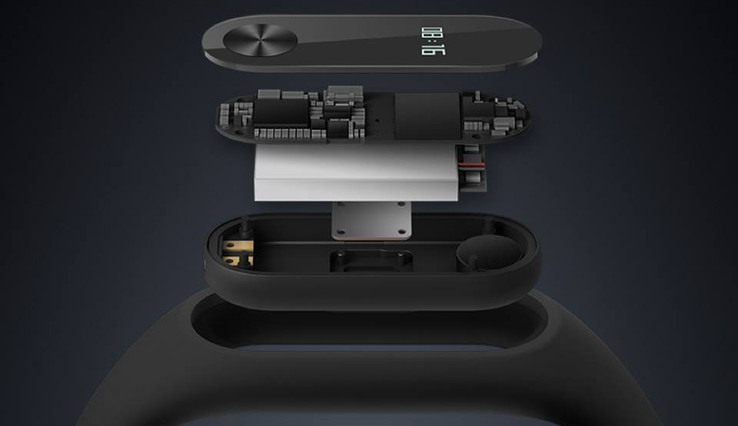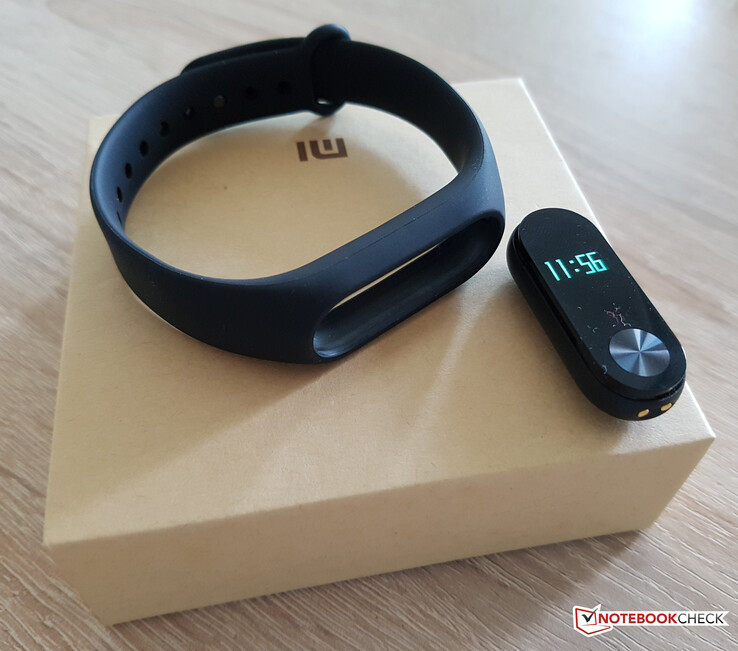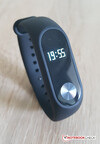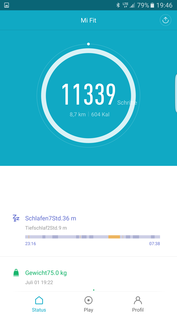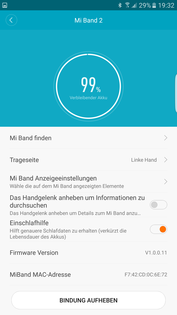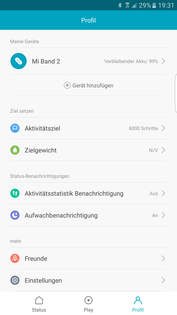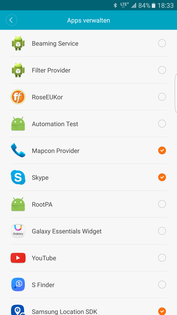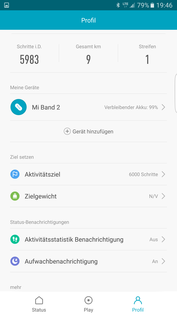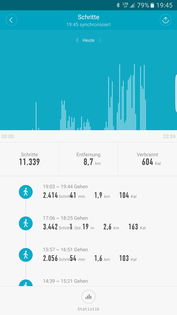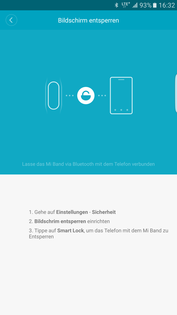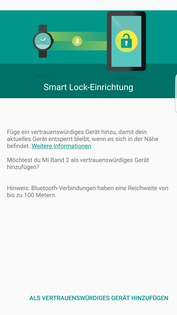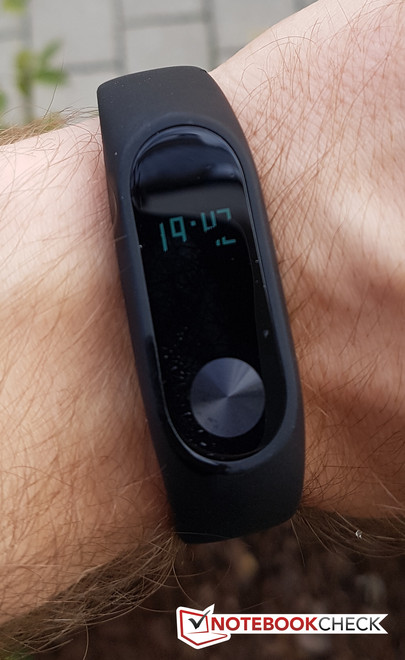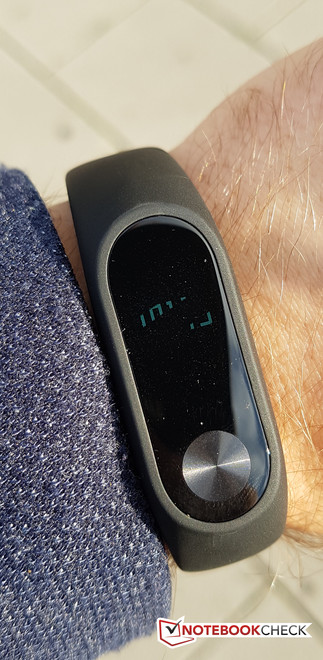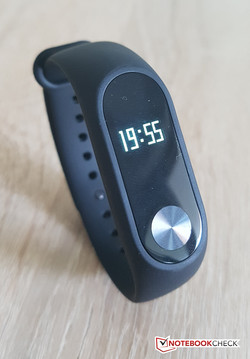Xiaomi Mi Band 2 Smartband Review
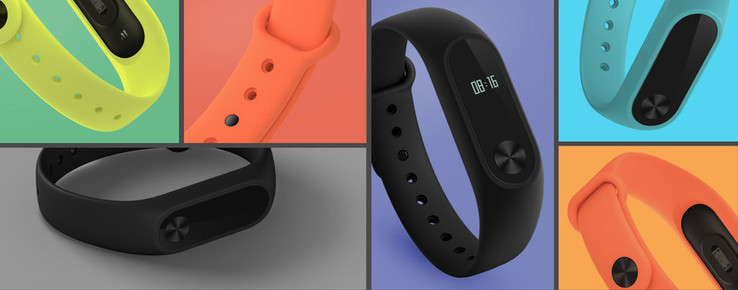
For the original German review, see here.
With its Mi Band 2, Xiaomi, which is one of the market-leading Chinese companies in the smartphone sector, presents the second generation of its fitness tracker lineup. The Mi Band 2 monitors sleep, movements and heart rate. In contrast to the first generation, analysis about sleep and activity behavior can now be directly displayed on an OLED panel alongside other system notifications from Android or iOS. Beyond that, other data can be viewed and evaluated via a corresponding app.
At a converted price of 20 Euros (~$22, 149 Yuan), Xiaomi's Mi Band 2 is available in black, blue, green, and orange on the Chinese market. Online retailers presently sell the fitness tracker for roughly 35 to 40 Euros (~$38 to ~$44). Thus, the second generation of the fitness tracker costs roughly three times as much as the Mi Band 1 - that is available for about 12 Euros (~$13) in Germany.
Case
Xiaomi's Mi Band 2 is made of two parts: A navigation capsule called Mi-Core and a hypo-allergenic silicon wristband (thermoplastic elastomers). The latter is well-manufactured and is pleasant to wear on the skin. Depending on the needs and the user, the silicon wristband can be adjusted from 155 to 210 millimeters and fixed with a lock ring.
The Mi-Core capsule including the fitness wristband has a weight of approximately 18 grams, and it has dimensions of 15.7 x 40.3 x 10.5 millimeters. An OLED panel with a screen diagonal of a good one centimeter fills a large part of the glass front. The manufacturer does not give any detailed information about the glass surface, but Xiaomi states that it is scratch-resistant and has a UV finish. A circular, aluminum control is situated below the OLED panel - a 0.05-millimeter pressure-sensitive button with an anti-oxidizing coat. The heart-rate monitor is situated on the underside of the Mi-Core capsule.
The casing of the Mi Band 2 is water and dust-protected in IP67 standard. Thus, the fitness tracker can be worn in the shower or in the swimming pool without hesitation. It should also withstand drops from a height of 1.2 meters without serious damage.
Connectivity
The connectivity of the Mi Band 2 is very straightforward. In addition to an ADI accelerometer, the Mi Band 2 has a photoelectric heart-rate sensor. The fitness wristband also features a vibration unit for tactile information and an OLED panel for visual display of smartphone notifications. Calls, WhatsApp, short-messages, and app notifications are differentiated. Which application is displayed as an "app" icon can be configured freely.
Besides tracking fitness data, the Mi Band 2 can also be used as an identity device in conjunction with an Android device. The smartphone can be unlocked automatically via Bluetooth as soon as the fitness wristband is identified.
The Mi Band 2 is recharged via the included USB cable. The Mi-Core capsule has to be taken out of the wristband for recharging.
Communication
The Mi Band 2 connects to a smartphone via Bluetooth version 4.0 (2nd generation). Other interfaces are not incorporated. We cannot say anything negative about the connection stability during the test period.
Accessories & Warranty
In addition to the fitness tracker itself, Xiaomi's Mi Band 2 is shipped with the navigation capsule and wristband, a quick-start guide in Chinese and a USB charger.
A 12-month warranty period is included.
Handling & Functions
The fitness wristband is controlled via the button below the screen. The panel in the Mi Band 2 displays time after a short tap on the touch-sensitive button. More user data, e.g. pace count, pulse or battery capacity, can be read when tapped again. It is also possible to display the time by lifting an arm. The user can configure what data is to be displayed in the Mi Fit app. The application can be downloaded from the Play Store (from Android version 4.4) and from the App Store (from iOS version 7) for free - support for Windows Mobile OS is not available.
The Mi Fit app is clearly arranged - other languages can be selected as system language. A total of 3 main pages can be selected for making setting and for viewing user data.
Fitness and sleep data are accumulated via the integrated ADI accelerometer. According to the manufacturer, it is based on a modern pedometer algorithm. We compared the logged steps with the pedometer integrated in Samsung's Galaxy S7 Edge and its corresponding S-Health app. The Mi Band always displayed more steps, but both devices only deviated by 2 - 3%.
In contrast to the logged steps, the heart-rate measurement via the photoelectric heart-rate sensor on the underside of the Mi-Core capsule did not convince us. Firstly, measurements were often inaccurate, and the pulse was not even measured. Secondly, the Mi Band 2 displayed very high, unrealistic heart-rate frequencies (resting heart rate >120 bpm) after erroneous measurements. The logged rates were first on a level with the heart-rate measurements of Samsung's Galaxy S7 Edge after repeating it two or three times.
Display
The OLED panel in Xiaomi's Mi Band 2 has a screen diagonal of a good one centimeter (0.42 inches). Single pixels are visible when looking closer, but that does not interfere with using the monochrome display. We could not find out the exact pixel count per inch (PPI) at the time of this report.
The brightness of the organic screen is mostly sufficient. However, reflections on the glossy surface are distracting in outdoor use as it affects screen legibility. The fitness wristband sometimes has to be covered with a hand to recognize something in direct sunlight.
The panel of the Mi Band 2 exhibited PWM flickering (see screenshot) in the test. The screen's illumination is turned on and off intermittently to control the screen's brightness. We did not find it annoying in everyday use, though.
Battery Life
The lithium-polymer battery in Xiaomi's Mi Band 2 has a nominal output of 70 mAh according to the product description. It is specified at 65 mAh on the device's box. According to the manufacturer, the battery should have a standby time of up to 20 days. The battery state display of our review sample decreased by approximately 3% per day when permanently connected to a smartphone via Bluetooth. Sleep monitoring was also enabled, which reduces the runtime according to Xiaomi. We recorded a rest battery capacity of 83% after a 7-day test period (100% at test start).
Pros
Cons
Verdict
Xiaomi's second generation of the Mi Band lineup convinced in our test with its strong price-performance package and comfort in wear. Compared with fitness wristbands from other manufacturers, the Mi Band 2's purchase price is low, and it even offers very long battery runtimes. However, there is need for improvement in terms of heart-rate monitoring via the photoelectric heart-rate sensor.
The Mi Band 2 is definitely a good alternative for anyone who has been deterred by the too high prices for fitness trackers, although its availability is limited in Germany.
Unfortunately, the required Mi Fit app is not available for devices based on Windows Phone OS - a cross-platform support would have been appreciated.




